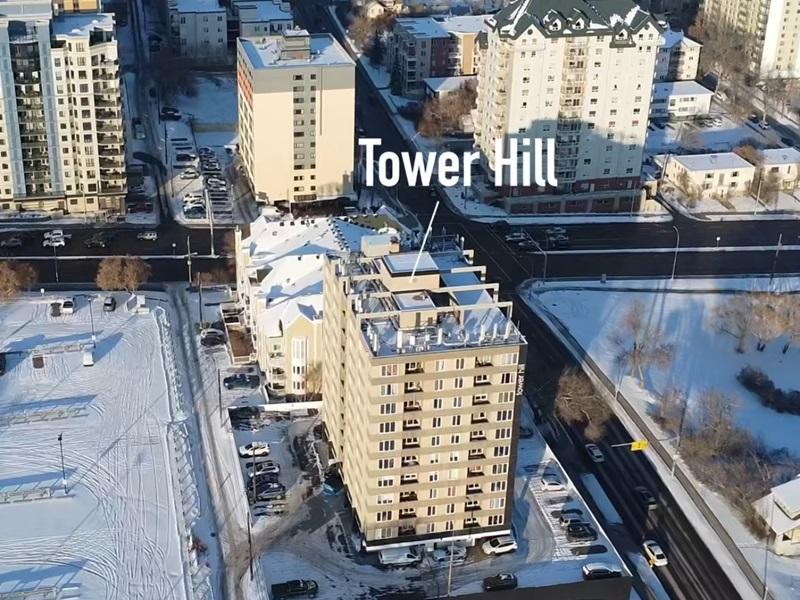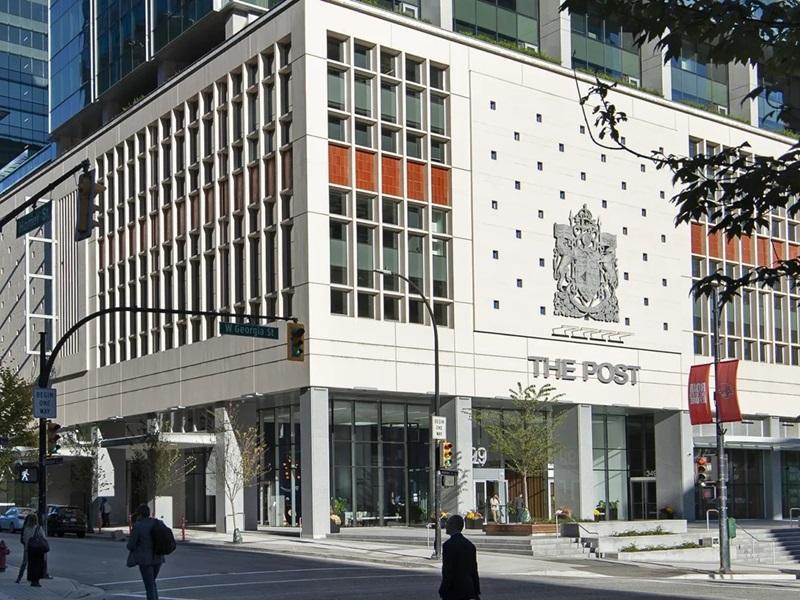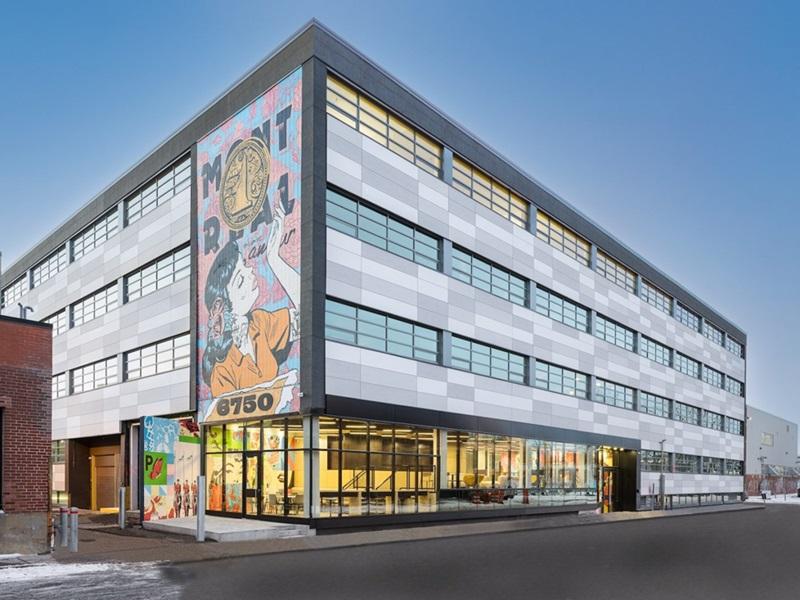
Michael Polowin is partner and national municipal group leader with law firm Gowling WLG. (Courtesy Gowling WLG)
On June 6, the Ontario government passed Bill 108, which it dubbed “more homes, more choice.”
Bill 108 reverses many of the provisions contained in the previous Liberal government’s Bill 139, affecting 13 Acts in a way that has many implications for both municipalities and real estate developers.
Reaction to the bill since it was unveiled last spring has been mixed. Advocacy group Environmental Defence, for example, has slammed Bill 108 for favouring developers instead of protecting the environment and ensuring more walkable and liveable communities.
So it should come as no surprise Bill 108 was a hot topic at the Ottawa Real Estate Forum on Oct. 17.
This included the session about the future of development in the nation’s capital with Michael Polowin, partner and national municipal group leader with law firm Gowling WLG, and Stephen Willis, general manager of planning, infrastructure & economic development for the City of Ottawa.
Back to the future
While some of Bill 108’s provisions have yet to come into force, their impact is already being felt. Many involve shortening the amount of time a municipality can take to review and approve development applications and plans of subdivision, and for bylaw amendments and holding provisions.
Polowin characterized the changes as “going back to the future” … in a good way. “If you give a city more time, they will take more time,” he said.
In Polowin’s view, the repeal of many of Bill 139’s provisions will cut red tape, clear up ambiguity and reduce the risk of political interference by ward councillors, which he says can even tie up “what should be a relatively simple application for rezoning.”
Another problematic area he believes will be addressed is the process around community benefits charges related to parkland dedication. In these situations, a municipality can require a developer to create a certain amount of parkland relative to the size of the development.
Historically, developers have had the option to offer cash in lieu – ideal for those situations where the development site is simply not large enough for a portion to be carved off as parkland.
The end of Section 37
Under Bill 139, Polowin said, it’s been too easy for a municipality to frustrate a developer’s project by refusing to accept cash in lieu.
Section 37 in Bill 139 also gives a municipality the right to ask for benefits when a developer seeks additional height or density.
Polowin faulted Section 37 for having no formula for guidance, allowing such a situation to become an open negotiation, which worked against one his clients.
“My client was held up to ransom to pay Section 37 benefits well above what neighbouring developments on each side had been charged,” he said.
With Bill 108, Section 37 will be gone. Municipalities will have the option to create a development benefits bylaw which lays out a specific formula and a formal dispute mechanism, separate and aside from any development charges calculation.
If a municipality chooses not to create such a bylaw, it will no longer be able to require that a developer dedicate a certain amount of parkland for each residential unit in the development.
These and other changes with Bill 108 left Polowin to conclude the new system “will be more certain, simpler and easier to appeal or dispute.”
Caught in the middle

Artist’s conception of a portion of the Ottawa Greystone Village development by Regional Group. (Courtesy Regional Group)
The give and take between Bill 139’s apparent shortcomings and the fix that Bill 108 is meant to provide is demonstrated by the dispute over height restrictions at Regional Group’s Greystone Village, a 26-acre community being constructed in several phases in Old Ottawa East.
Greystone Village includes two mixed-use towers of six and nine storeys with almost 20,000 square feet of retail space at ground level and 245 rental apartment units above. Both towers were originally intended to be six storeys. In 2015, the project earned city approval and the support of neighbouring residents on that basis.
Then, Regional Group decided to add three storeys to one tower. The opportunity came as a result of ambiguities city planners found in Ottawa’s land-use rules (as they exist under the provisions of Bill 139). The city approved Regional’s request in return for concessions from Regional which add more public space to the site.
Local residents opposed to increased height are now mounting an appeal with the province’s Local Planning Appeal Tribunal, on the grounds that the height increase is a) a bad idea pursued in bad faith and b) should never have been considered without meaningful public input.
While Regional Group is optimistic its nine-storey plan will prevail, given the concessions it has provided in return, the ambiguity Bill 139 engendered leaves the outcome uncertain. By the time the appeals process reaches an outcome, Bill 108 will likely be in full effect.
Intensification remains a city priority
When Willis took the podium at the Ottawa forum, he wryly admitted he agreed with Polowin’s analysis of the implications for Ottawa, “despite the fact that we usually agree to disagree.”
Bill 108 will obviously have a substantial impact on the city’s new official plan process. In 2020, Ottawa will release its first 25-year plan (up from the prior 20-year cycle).
Regulatory changes intended to cut red tape and clear up ambiguity will be particularly important given Ottawa’s continued emphasis on intensification.
“We want more growth through intensification, in hand with additional greenfield development, for sustainability, utilization of infrastructure and public transit,” Willis said. “We are definitely not taking our foot off the gas with intensification.”
So does public health
All of which will pivot around the “colossal shift” in how people will live and move around the city with the continued growth of Ottawa’s new LRT system through Phase 2.
Willis said the need to respond to climate change will also be central to the new official plan, by marrying up the idea of it being a “public health official plan.”
There will also be an emphasis on bringing more flair to city neighbourhoods.
“We do have the goal to up the game on urban design,” Willis said. The city wants to get past Ottawa’s “government blandness”, encouraging developers to “reach for and contribute to a greater aesthetic.”







